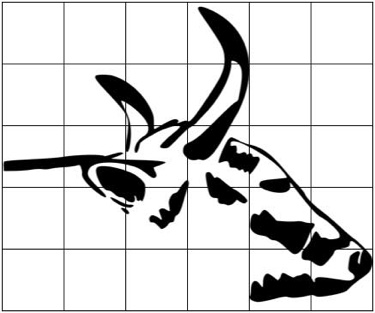
Helping woodworkers online for over 20 years
When I look over the new scroll saws memories always come back to me of the first one that I had.
My father made it for me, he built it around an old Briggs and Straton
engine, took the head off, drilled a hole in the piston and put a
stubby shaft with a slot on it to hold the blade. The table was a disk
from a grain seed drill, the top spring to tension the blade was from
an old mattress. I got hours of pleasure from this tool, it was what
got me started in woodworking. In those days I knew nothing of variable
speeds, sawdust blowers, hold downs, C - arms, spiral or
reverse blades. Scroll
sawing is an easy hobby to get started in, the saw runs quiet enough so
as not to disturb the neighbours, it does not require a large
investment in equipment nor a large work space. Best of all it is a
relatively safe hobby, injuries may happen but are minor compared to
what can happen with other woodworking equipment. Choose a saw that feels comfortable to
you, many hours will be spent in front of it. The table
should be large enough to support the material both in front
of the blade and behind it, the controls should be convient
to reach and easy to set. The blower should be powerful
enough to remove sawdust even when set far enough above the
material so you can clearly see the cutting lines. The saw
should run smoothly, if it has excess vibration your hands
will become fatigued very quickly. A good starter model can be found in the $100 range.
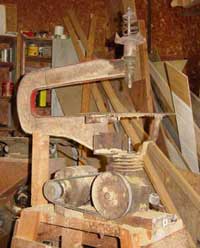
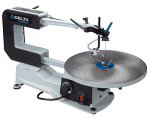
Blades
Scroll Saw History
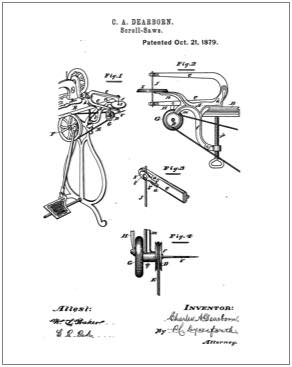 |
Many of the early scrollsaws clamped onto a table or bench. They were often powered by a cranking or treadle mechanism, the one shown on the left attaches to a treadle sewing machine. |
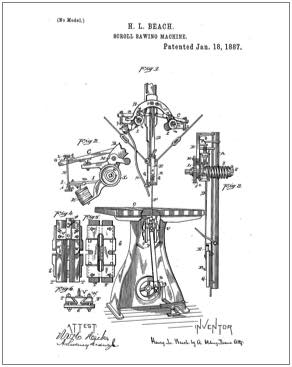 |
The machine shown on the left is a two part machine, the base sits on the floor and the head attaches to the ceiling. This design provides an unlimited capacity as there is no arm to support the head.
|
Scroll Saw Patterns
There are many scroll sawing patterns available but if you want something totally unique then you will have to make your own. We have put together a collection of clipart, some can be used as is, others will have to be modified somewhat. One method is to cut the design out, the solid black areas, and retain the base so as to create a silhouette as is shown in this cow head clipart.
This is probably the easiest method to start with as it only involves removing individual parts from the base. Another alternative is to cut around the design and remove parts of the base and from inside the design.
With this method care has to be taken to keep all parts of the design attached. |
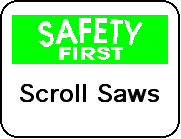
Use the hold-down that is supplied with the saw, it is tempting to remove it but it is there for a reason.
If you have long hair tie it back in a pony tail.
Keep the floor clean, have a can beside the saw that you can toss scraps into rather than onto the floor.
Use hearing protection, especially during long noisy sessions.
Switch machine off, don't leave it running unattended. |
Back to Home




